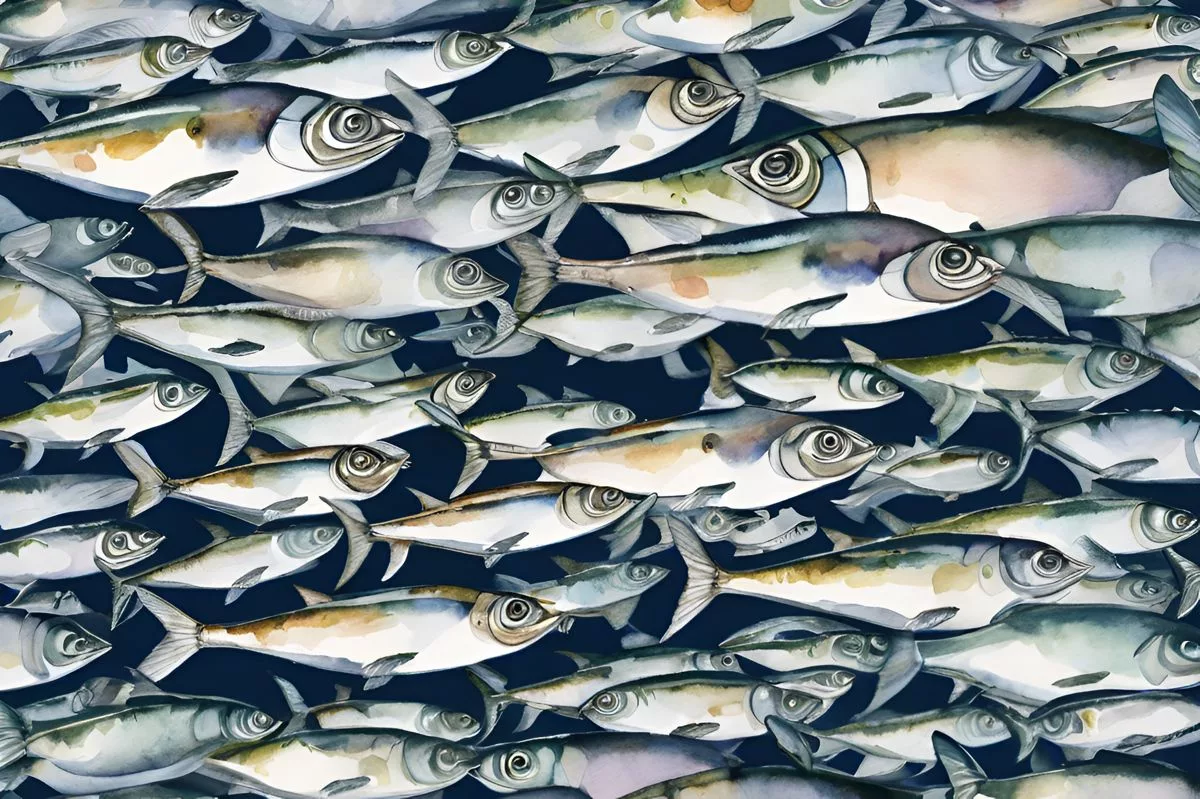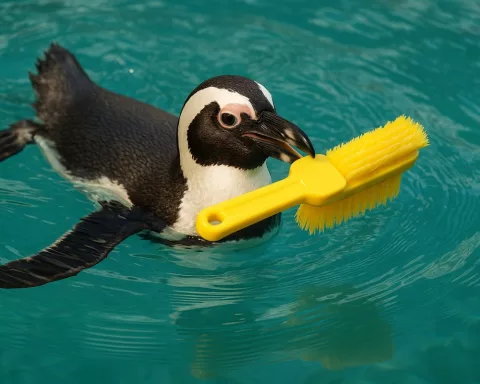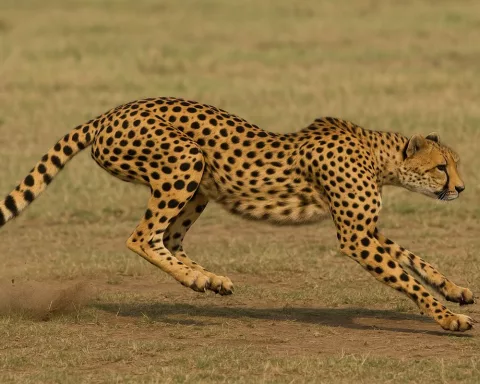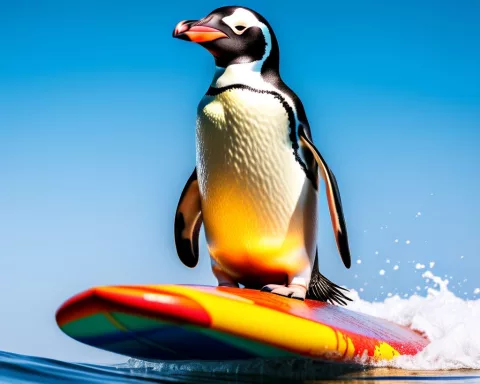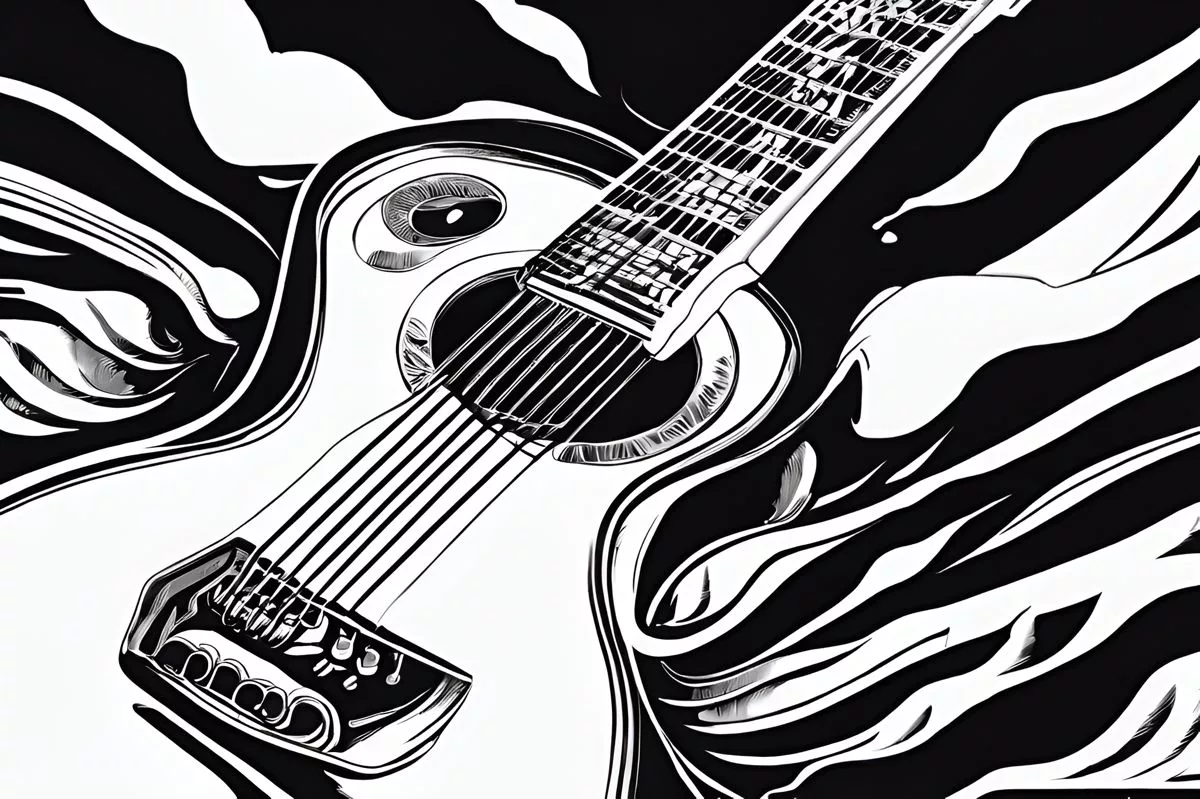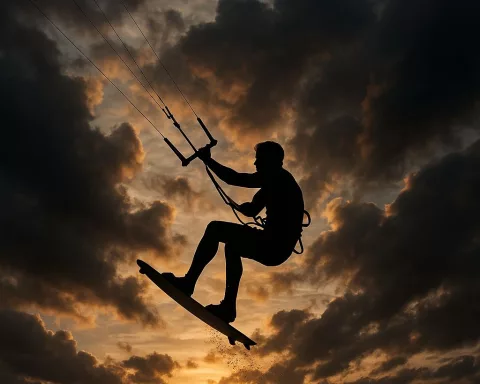The Sardine Run in South Africa is a breathtaking, raw display of marine life that has earned the title ‘Greatest Shoal on Earth.’ Billions of tiny silver bodies create a surge of life that lures predators such as sharks, dolphins, and orcas. However, overfishing and climate change are threatening the future of this annual spectacle, making its preservation crucial to the health and diversity of our marine ecosystems. The event’s magnitude is so colossal that it challenges human comprehension and belief, making it a wonder that deserves protection and preservation.
Extravagant Marine Life Display: The Sardine Run
The Sardine Run is a spectacular display of marine life, earning it the title ‘Greatest Shoal on Earth.’ Billions of tiny silver bodies create a surge of life that lures predators such as sharks, dolphins, seabirds, and orcas. However, overfishing and climate change are diminishing sardine stocks and changing their migration patterns, threatening the future of this annual spectacle. Its preservation is crucial to the health and diversity of our marine ecosystems.
Extravagant Marine Life Display: The Sardine Run
The southern coast of South Africa is home to an awe-striking natural wonder that is often overlooked in our world – the annual Sardine Run. This event is a spectacular display of marine life, embodying the rawness and primal nature of survival. The spectacle is so colossal that it challenges human comprehension and belief.
This year’s captivating spectacle was documented on video by free diver and conservationist, Andy Coetzee. The video provides a rare and exhilarating peek into the raw dynamics of marine life. It presents an engrossing scene featuring orcas, a juvenile humpback whale, and the captivating, swirling silver mass of sardines that form the run.
The stage is set with the arrival of three magnificent orcas engaged in a brutally elegant feeding frenzy. What’s on the menu? The remains of a young humpback. The free divers, showing a respectful understanding of nature’s brutal hierarchy, chose to observe cautiously, ensuring not to disturb the orcas’ feast or their behaviour.
The Magnitude of the Sardine Run
The Sardine Run is far from an ordinary migration. Billions of tiny silver bodies flow along the coastline, creating a powerful surge of life that lures a multitude of predators. This includes sharks, dolphins, seabirds and of course, the mighty orcas. This event is so breathtaking and influential that it has earned the title ‘Greatest Shoal on Earth.’
This spectacle takes place as winter approaches and the cold water that surfaces along the coast brings with it an enormous gathering of sardines. This creates a feast that is not only visually stunning but also ecologically crucial, as reported by the BBC. The shoals, which can reach over 7 kilometres in length, 1.5 kilometres wide, and 30 metres deep, are an essential source of food for marine predators, including whales, seals, dolphins, sharks, and birds.
Marine biologist, Peter Teske, explains this phenomenon as an evasion strategy by the sardines. They dodge the warmer Agulhas current and choose the cooler, shallower waters instead. This behaviour results in ecological bottlenecks along the coast, making the sardines easy prey for the hungry predators. Dolphins skilfully push the sardines into bait balls, igniting a feeding frenzy that nourishes a plethora of marine species.
Conservation Concerns and Future Implications
However, this remarkable event is teetering on the brink of existence. Overfishing and climate change are steadily diminishing sardine stocks and changing their migration patterns. The ripple effects of this decline threaten the entire marine ecosystem, including endangered species such as the African penguin, Cape cormorant, and Cape gannet. This disruption puts these species at risk and casts a sombre shadow over the future of this annual spectacle.
The raw, unedited footage captured by Jann Luis Garcia Ehrhardt and shared by Coetzee, serves as a grim reminder of what we stand to lose if we don’t act decisively to curb overfishing and combat climate change. It acts as a call to arms for conservation, a plea for the protection of this marine wonder and the intricate web of life it supports.
The Need for Protection and Preservation
As we wrestle with the uncertainties of this spectacle’s future, one fact remains unequivocal – the Sardine Run is a testament to the awe-inspiring power of nature, and its preservation is crucial to the health and diversity of our marine ecosystems. This exceptional event deserves not only our admiration but also our steadfast commitment to its protection.
If you wish to view more captivating videos and images from the Sardine Run, be sure to visit Andy’s Instagram page.
What is the Sardine Run in South Africa?
The Sardine Run in South Africa is an annual event where billions of tiny silver sardines create a surge of life that lures predators such as sharks, dolphins, and orcas. This event has earned the title ‘Greatest Shoal on Earth’ and is a breathtaking display of marine life.
Why is the Sardine Run important?
The Sardine Run is ecologically crucial as it provides an essential source of food for marine predators, including whales, seals, dolphins, sharks, and birds. However, overfishing and climate change are threatening the future of this annual spectacle, making its preservation crucial to the health and diversity of our marine ecosystems.
What animals are attracted to the Sardine Run?
The Sardine Run lures a multitude of predators, including sharks, dolphins, seabirds, and orcas. This event is far from an ordinary migration, and billions of tiny silver bodies flow along the coastline, creating a powerful surge of life.
What is the magnitude of the Sardine Run?
The Sardine Run can reach over 7 kilometres in length, 1.5 kilometres wide, and 30 metres deep, making it a spectacular and breathtaking display of marine life. This event has earned the title ‘Greatest Shoal on Earth’ due to its immense magnitude.
Why is the Sardine Run at risk?
Overfishing and climate change are steadily diminishing sardine stocks and changing their migration patterns, which threatens the entire marine ecosystem, including endangered species such as the African penguin, Cape cormorant, and Cape gannet.
What is the importance of protecting and preserving the Sardine Run?
The Sardine Run is a testament to the awe-inspiring power of nature, and its preservation is crucial to the health and diversity of our marine ecosystems. This exceptional event deserves not only our admiration but also our steadfast commitment to its protection.

